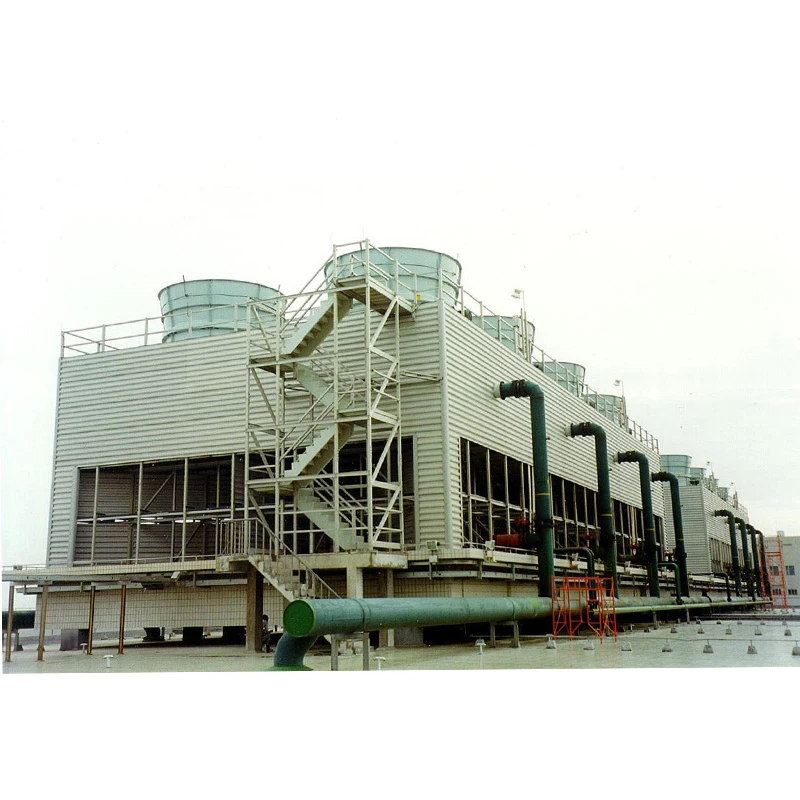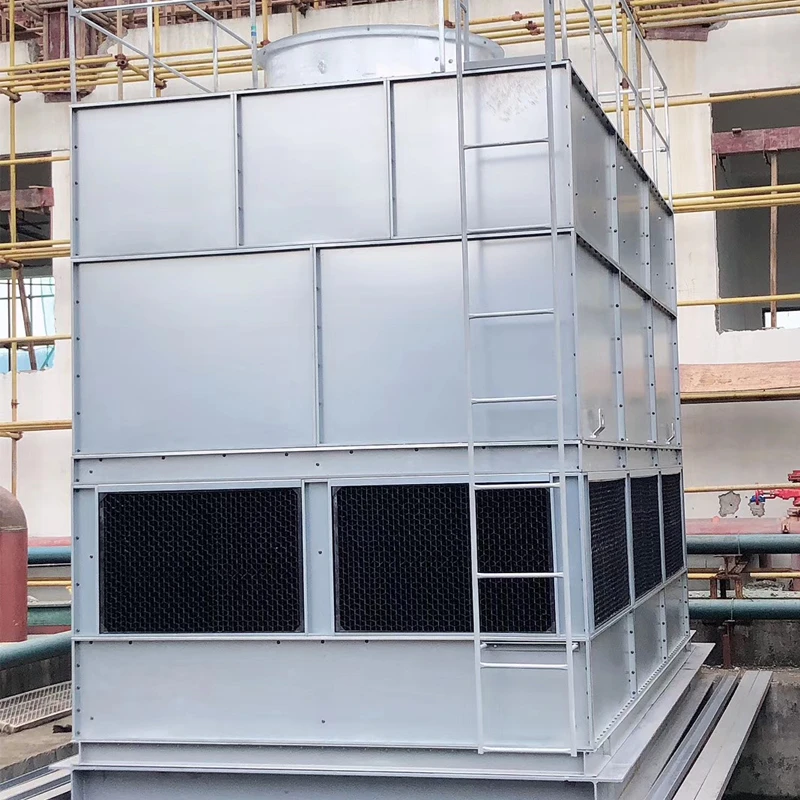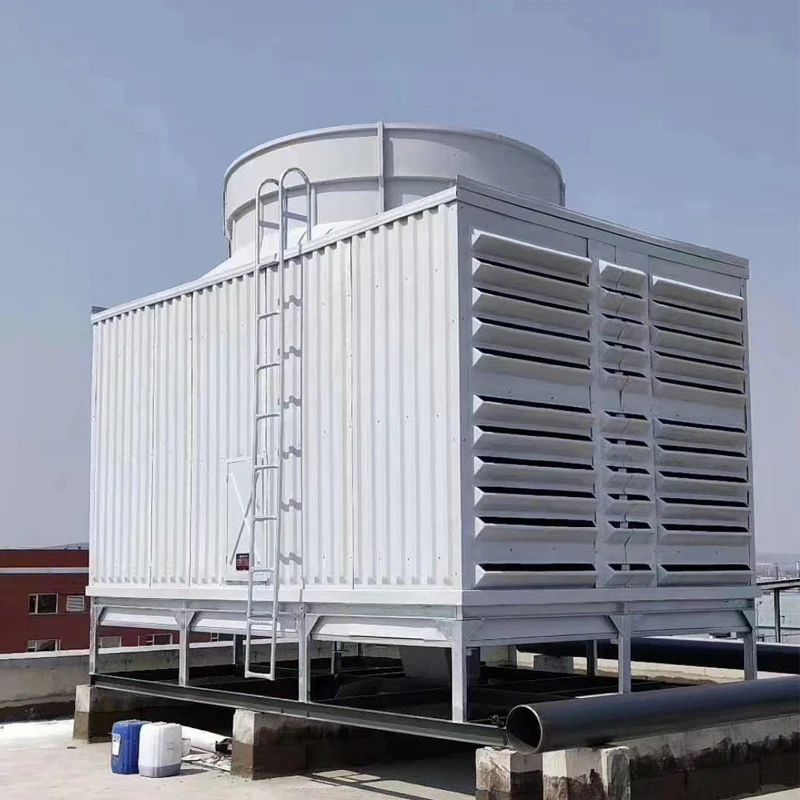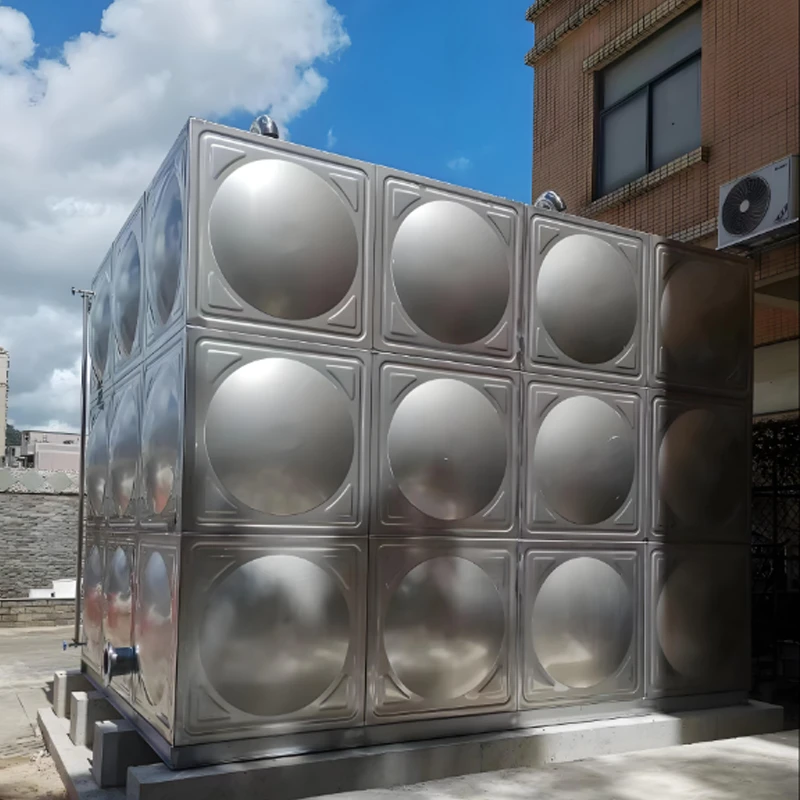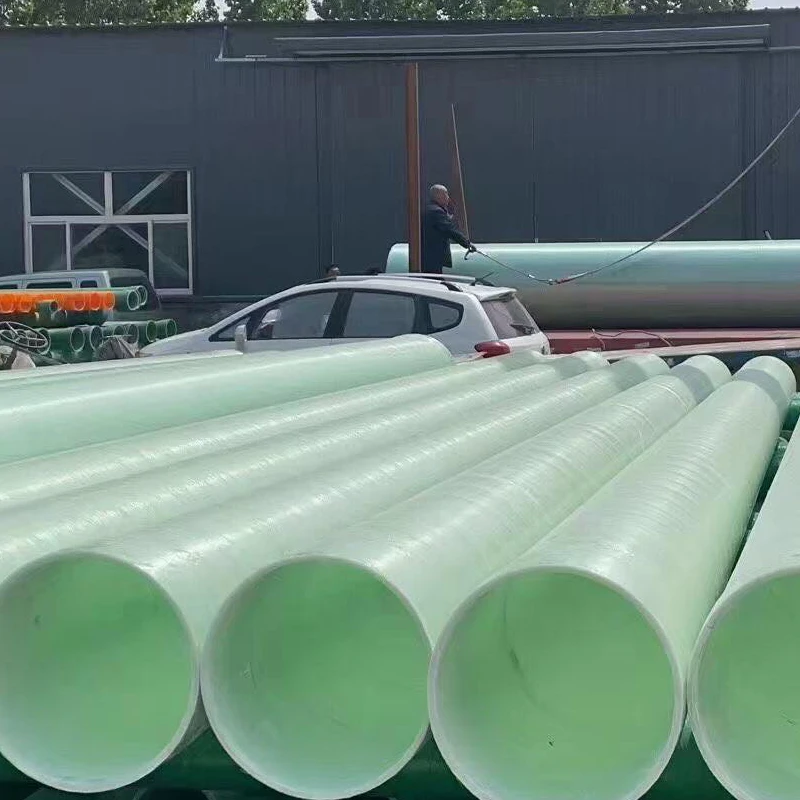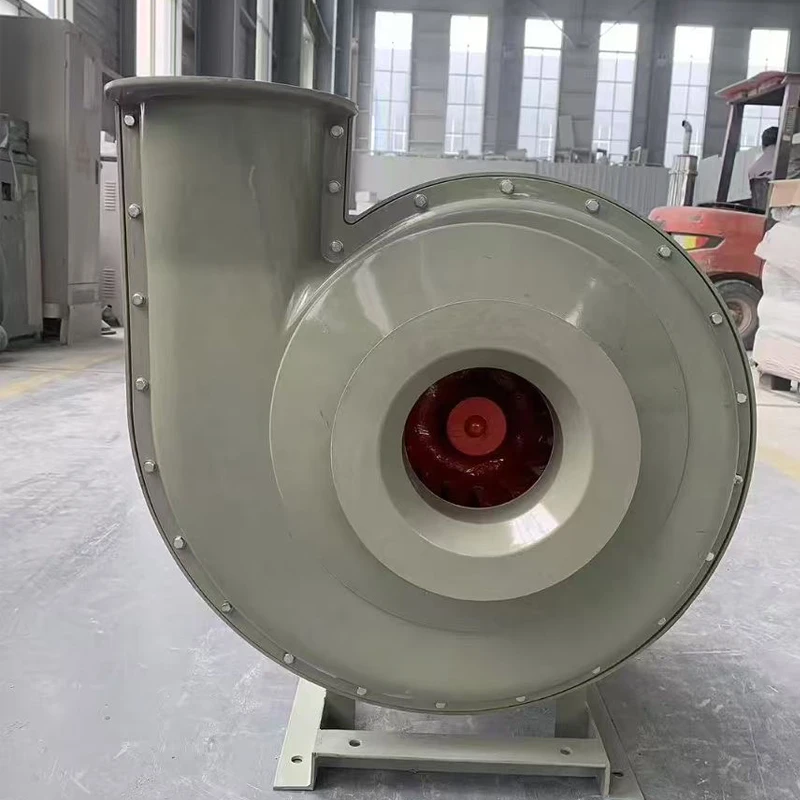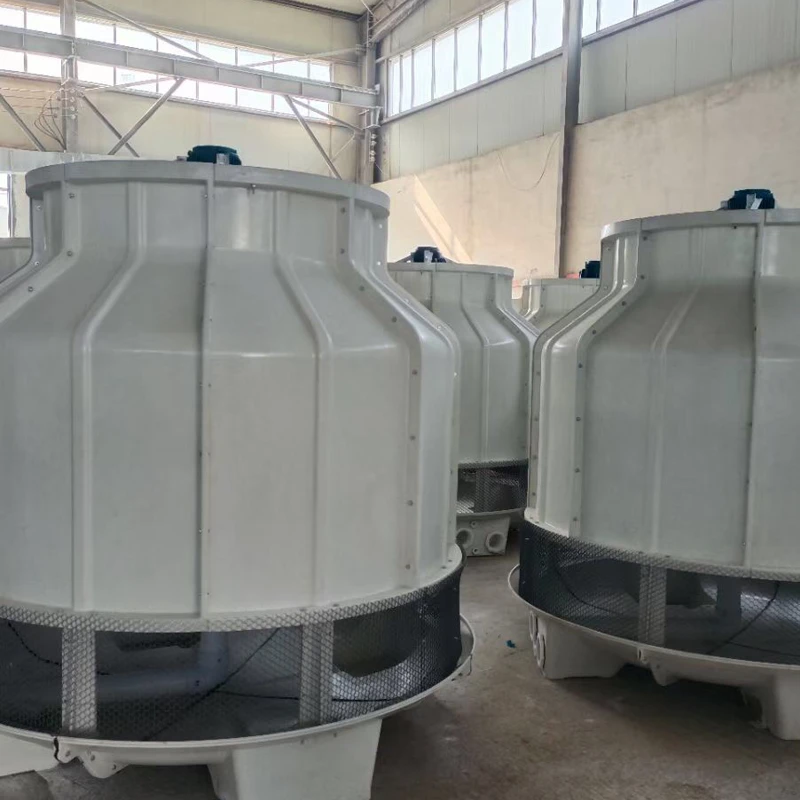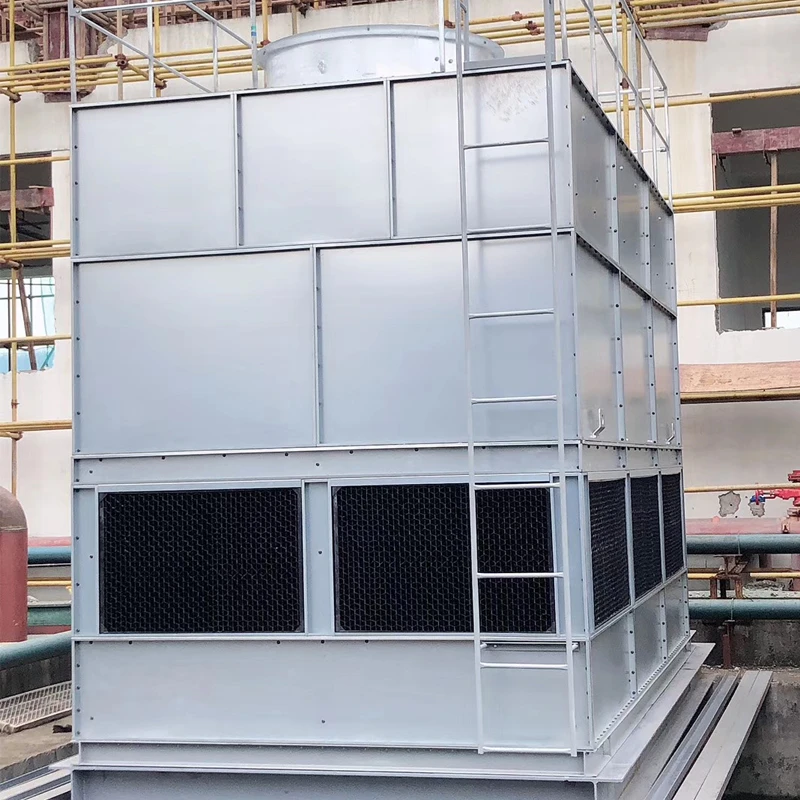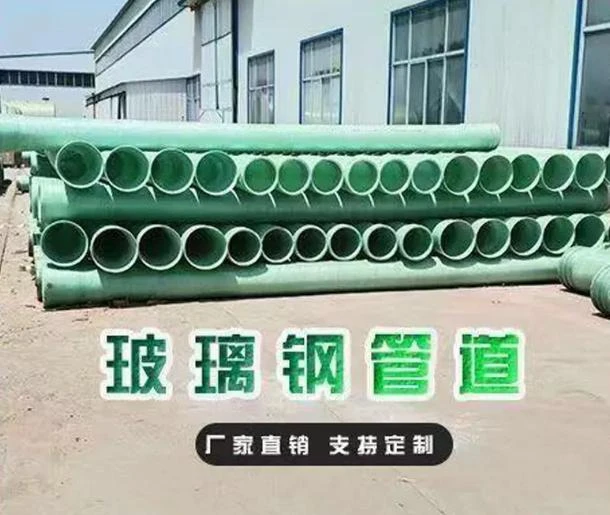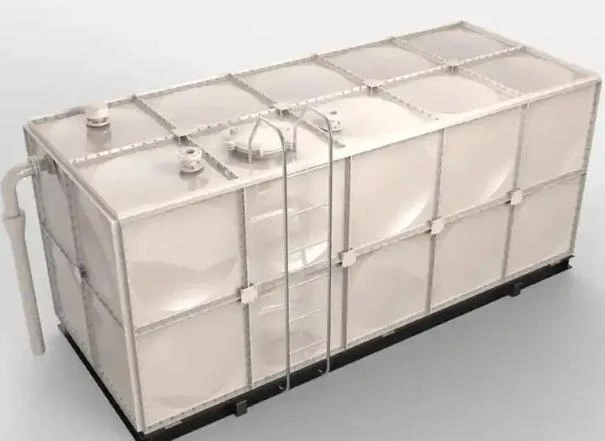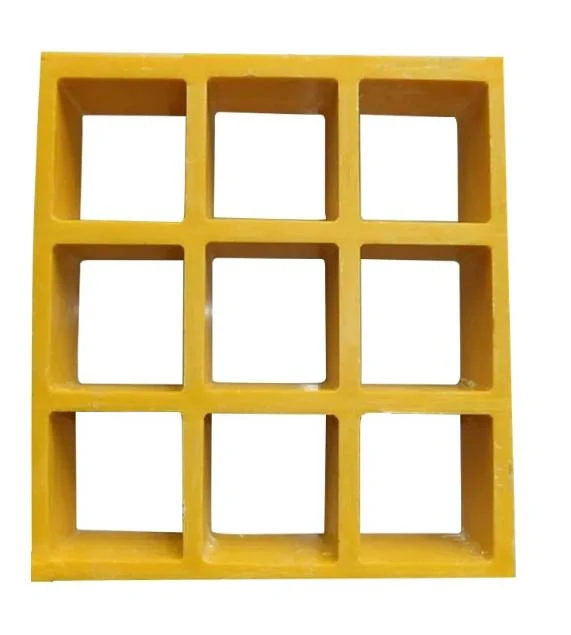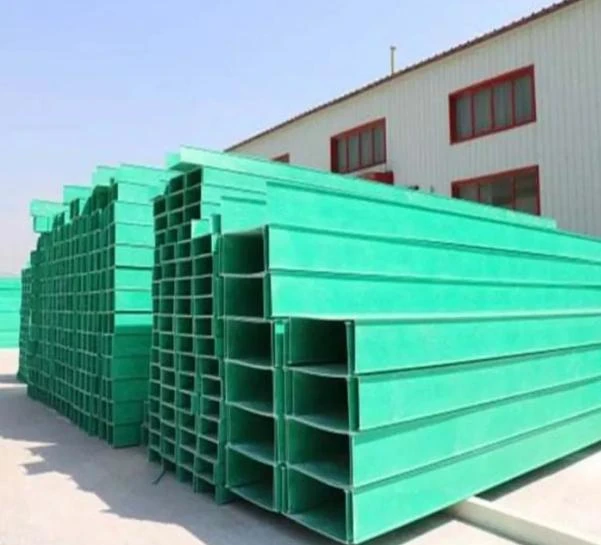

We Are Open 24 Hours a Day, 7 Days a Week, Including Weekends and Public Holidays.
In modern electrical engineering and infrastructure construction, Frp Product, as a new type of cable support and protection device, is gradually replacing traditional metal cable trays with its excellent performance. It uses glass fiber reinforced plastic as the core material, integrating multiple advantages such as high strength and corrosion resistance, providing reliable guarantees for the safe laying and long-term stable operation of cables. Its application scenarios have extended from the industrial field to multiple industries such as municipal and construction.
The excellence of Frp Product lies in its unique material composition and manufacturing process
FRP industrial products are mainly composed of glass fiber and resin composites, which are formed through molding or extrusion processes. They are structurally classified into groove, tray, and step types. The trough type bridge has a fully enclosed structure, which can effectively prevent dust, water, and corrosion, and is suitable for laying sensitive cables; The tray type and step type adopt hollow design, which is convenient for cable heat dissipation and maintenance. This material characteristic makes the bridge not only weigh only 1/4 of the same specification steel bridge, but also resistant to acid and alkali, moisture, and can maintain stable performance even in harsh environments such as chemical workshops and coastal areas.
The core standards for measuring the quality of Frp Product cover multiple dimensions
In terms of mechanical strength, FRP production can meet the requirements of different laying spans in terms of bending and compression resistance, and is not easily deformed for long-term load-bearing; Weather resistance is a key indicator, which needs to be able to resist natural factors such as ultraviolet radiation and alternating high and low temperatures, ensuring a service life of over 30 years; The surface smoothness cannot be ignored, and the streamlined design of the inner wall can reduce friction damage during cable laying and lower the probability of dust accumulation. In addition, the flame retardant rating must comply with industry standards and be non flammable in high temperature environments, providing additional protection for fire safety.
In practical applications, Frp Product has a wide range of adaptation scenarios
In the industrial field, fiber reinforced plastic products are commonly used for cable laying in workshops of chemical and metallurgical enterprises to resist corrosive gases and liquids in the production environment; In municipal engineering, its corrosion resistance effectively reduces maintenance costs in humid environments such as underground pipe galleries and sewage treatment plants; In the construction industry, the wiring of strong and weak electrical systems suitable for high-rise buildings is lightweight, which reduces the load on building structures; Even in the field of rail transit, it can meet the cable protection needs in high humidity and multi vibration environments inside tunnels.
With the development of engineering technology, the innovation of Frp Product continues to advance
Modular design enables flexible splicing of FRP and GRP products according to on-site requirements, shortening installation cycles; The color customization function not only facilitates distinguishing different cable types, but also coordinates with the building environment; The application of new flame-retardant resins further enhances fire safety performance, while the integration of intelligent accessories such as cable fixing brackets and temperature sensors makes the bridge system more suitable for the refined management needs of modern electrical engineering.
In summary, Frp Product has broken through the performance limitations of traditional metal cable trays through material innovation, and has formed significant advantages in corrosion resistance, lightweight, and lifespan. Its wide application not only improves the safety and economy of cable laying, but also adapts to the engineering needs of various complex environments. In the future, with the optimization of material technology and manufacturing processes, Frp Products will play a core role in more fields and become an important support for the upgrading of electrical engineering infrastructure.
Frp Product FAQs
What material is Frp Product made of?
Frp Product uses high-strength glass fiber reinforced plastic as the main material, which is compounded through special processes. This material has the characteristics of light weight, high strength, corrosion resistance, and excellent insulation performance. At the same time, anti ultraviolet additives are added to ensure long-term outdoor use without aging. Its internal structure has been designed in layers, with the outer layer being wear-resistant and impact resistant, and the inner layer being smooth to reduce cable friction.
What are the advantages of Frp Product compared to traditional metal cable trays?
Traditional metal cable trays are prone to rusting, heavy, and complex to install, while Frp Product weighs only 1/4 of steel cable trays, increasing handling and construction efficiency by over 50%. It has excellent resistance to acid and alkali, salt spray, and is suitable for corrosive environments such as chemical plants and coastal areas. In addition, FRP material insulation is non-conductive, which can avoid electromagnetic interference and has higher safety. Its service life can reach more than 20 years.
What are the installation methods for Frp Product?
This product supports multiple installation scenarios, including aerial lifting, wall fixing, underground pipe gallery supports, etc. Modular design enables flexible splicing, which can be quickly connected by bolts or assembled using snap fasteners. Special corner fittings and variable diameter joints can adapt to complex routes, with a minimum bending radius of up to 1.5 times the width of the bridge, greatly reducing the difficulty of wiring.
What environmental scenarios is Frp Product suitable for?
Widely used in fields such as power, communication, and rail transit, it is particularly suitable for high temperature, high humidity, strong corrosion, or electromagnetic sensitive areas. For example, cable laying in power plants, subway tunnel lighting systems, offshore wind power transmission and distribution, etc. Its flame retardant rating can reach B1 level, and it can maintain stable performance even at extreme temperatures ranging from -40 ℃ to 120 ℃.
How to maintain Frp Product?
Only regular cleaning of surface dust is required in daily life, without the need for complex maintenance such as rust prevention coating. If there is partial damage, the segments can be replaced separately without affecting the overall structure. Pay close attention to the fastening status of the connectors during inspection, and it is recommended to conduct a load test every 3 years. Its material does not breed microorganisms and can maintain cleanliness even in humid environments such as sewage treatment plants.





Address
20 Xingyuan South Street, Zaoqiang County, Hengshui City, Hebei Province, China










